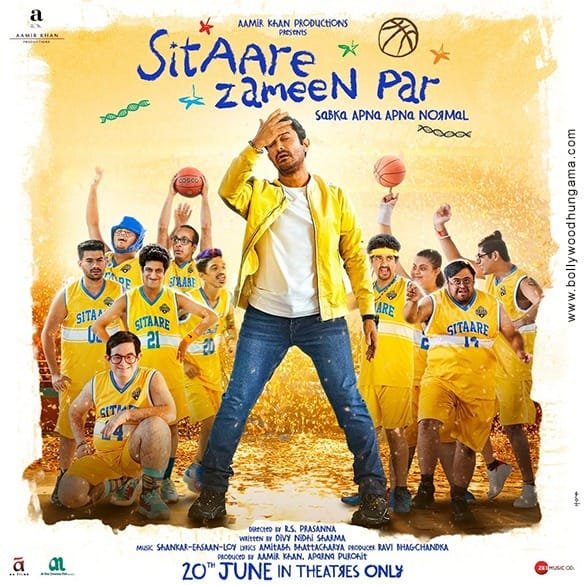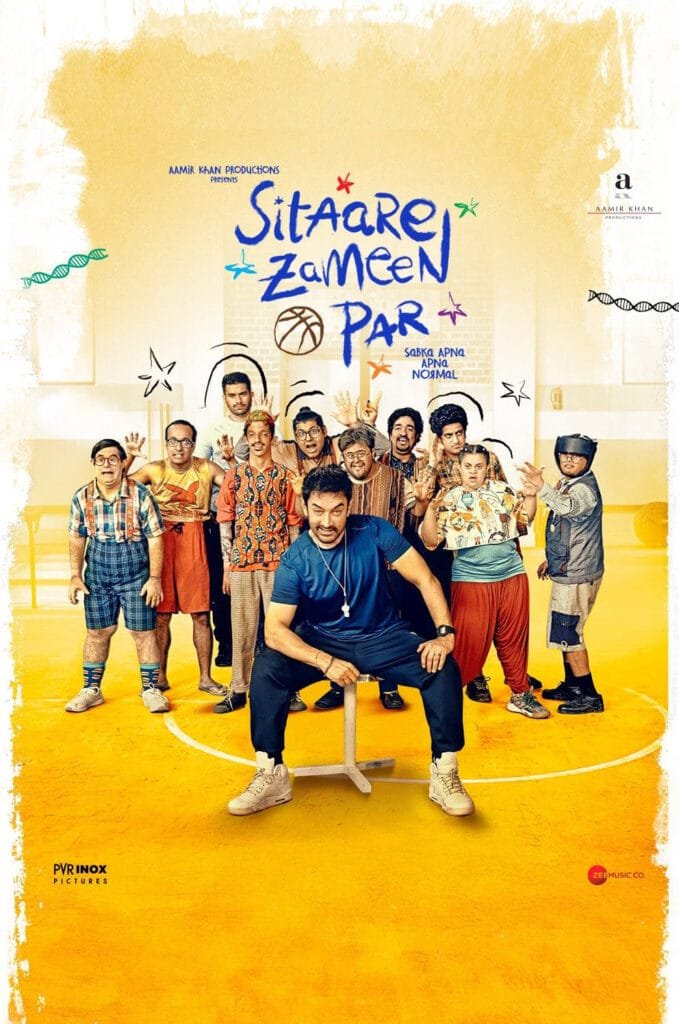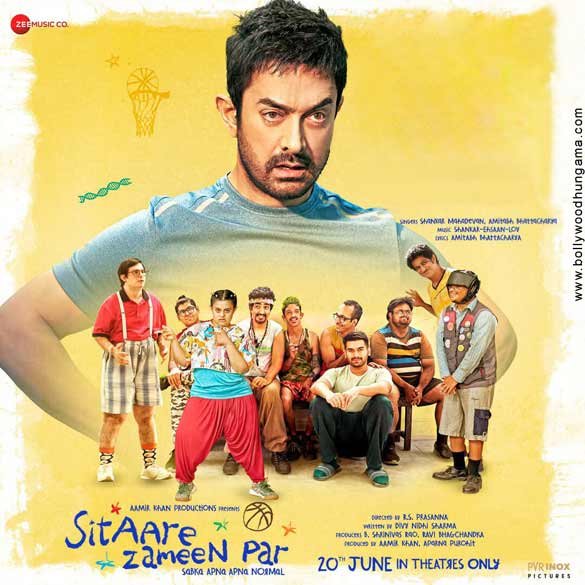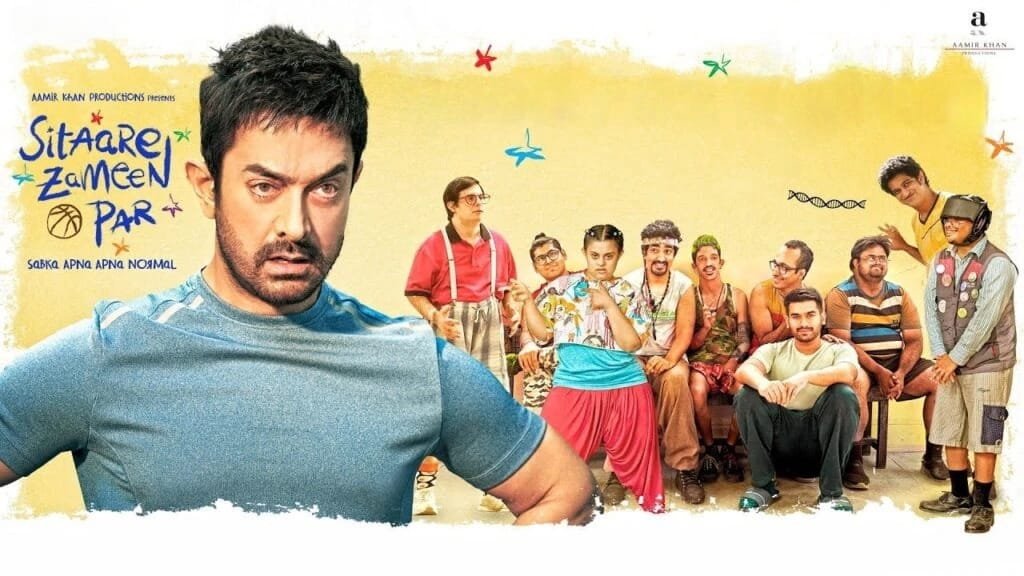Aamir Khan’s Sitaare Zameen Par is not just a follow-up to the iconic Taare Zameen Par (2007); it is a heartfelt evolution. While it may not strike the same emotional thunder as its predecessor, this film gently embraces the themes of kindness, empathy, and inner growth. Rooted in warmth and sincerity, it celebrates the magic of human connection and the strength found in vulnerability—making even the smallest gestures feel meaningful.

Direction
At the heart of the film is Gulshan (Aamir Khan), a fiery, self-centered basketball coach whose arrogance lands him in unfamiliar territory: mentoring a group of children with neurodivergent conditions. Initially dismissive and sarcastic, Gulshan’s journey with “Team Sitaare” soon becomes a mirror to his own transformation. Their uniqueness slowly opens his eyes, reshaping his rigid beliefs.

Director R.S. Prasanna and writer Divy Nidhi Sharma handle this journey with a mix of subtle humor and emotional honesty. The film smartly avoids melodrama and cliché, instead choosing a more grounded, slice-of-life narrative. Although the second half occasionally feels stretched, the pacing remains steady, anchored by its heartfelt storytelling.
Performances
Aamir Khan delivers a nuanced performance, portraying the emotional shift of his character from a harsh critic to a compassionate mentor with sincerity. His portrayal doesn’t seek pity—it earns respect. But the true heart of the film lies in the ten young actors with Down syndrome. Their performances are natural, full of charm, humor, and genuine emotion. They are not reduced to inspirational props; they are individuals with dreams, quirks, and strength—making the film glow with authenticity.

Brijendra Kala and Dolly Ahluwalia inject humor effortlessly, while Gurpal Singh adds emotional weight. Genelia D’Souza, as Suneeta, is graceful and grounded—her calm demeanor adds depth to the film’s emotional landscape.
Technical Side
The film’s visual appeal is brought to life by G. Srinivas Reddy’s cinematography and Charu Shree Roy’s crisp editing. Vibrant montages blend beautifully with the emotional beats, particularly during the interval and climax. Despite taking inspiration from the Spanish film Campeones, this adaptation holds its own voice, thanks to cultural authenticity and precise execution.

Music and Background Score
Ram Sampath’s background score complements the narrative perfectly—never overpowering, always enhancing. Songs like “Good For Nothing,” “Sar Aankhon,” “Sitaare Zameen Par,” and “Shubh Mangalam” blend seamlessly into the film’s emotional rhythm.
Sitaare Zameen Par is not flashy or overly sentimental. It tells its story with empathy and grace, offering a meaningful look at the power of understanding and acceptance. As a spiritual successor, it doesn’t imitate Taare Zameen Par—it matures from it. By shining the spotlight on characters often ignored by mainstream narratives, this film becomes a beacon of compassion and change.
